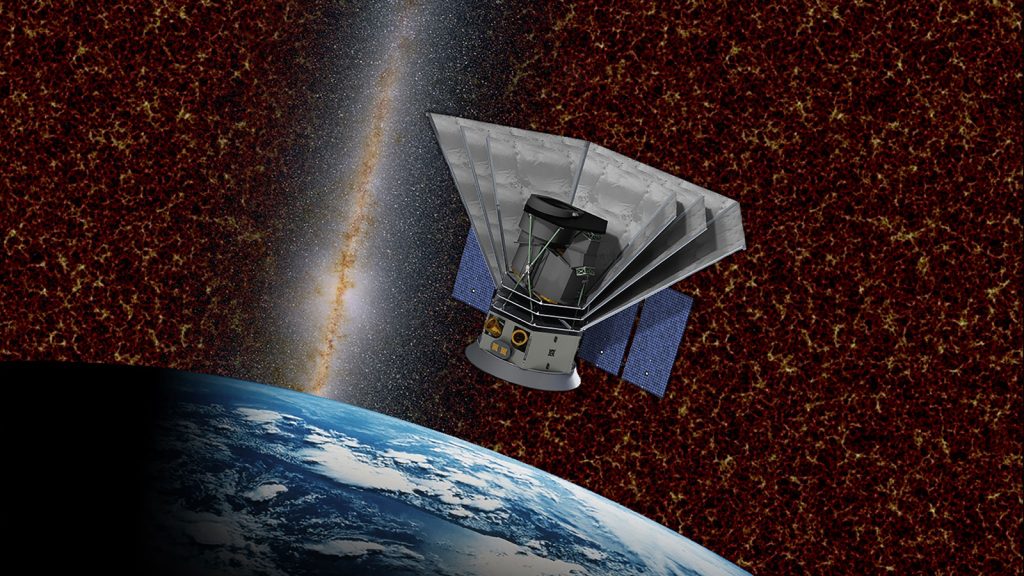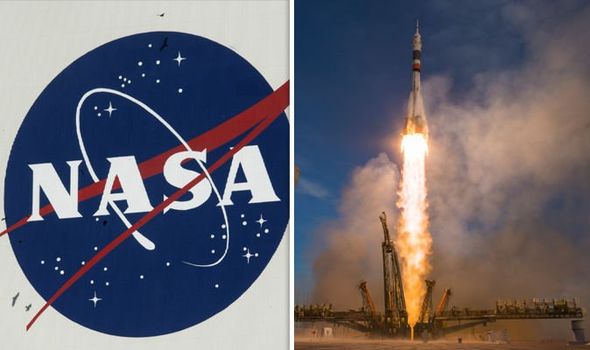Washington: US space agency NASA has unveiled a new space telescope that would begin a two-year mission in 2023 to look for life’s ingredients and probe how the universe evolved.
The Spectro-Photometer for the History of the Universe, Epoch of Reionisation and Ices Explorer (SPHEREx) mission is a planned two-year mission, funded at $242 million, and will survey the sky in optical as well as near-infrared light.
“I’m really excited about this new mission,” NASA Administrator Jim Bridenstine said in a statement Wednesday.
“Not only does it expand the US’ powerful fleet of space-based missions dedicated to uncovering the mysteries of the universe, it is a critical part of a balanced science programme that includes missions of various sizes,” he added.
Astronomers will use the mission to gather data on more than 300 million galaxies, as well as more than 100 million stars in our own Milky Way.
“This amazing mission will be a treasure trove of unique data for astronomers,” said Thomas Zurbuchen, associate administrator for NASA’s Science Mission Directorate.
“It will deliver an unprecedented galactic map containing ‘fingerprints’ from the first moments in the universe’s history. And we’ll have new clues to one of the greatest mysteries in science: What made the universe expand so quickly less than a nanosecond after the big bang?”

SPHEREx will survey hundreds of millions of galaxies near and far, some so distant their light has taken 10 billion years to reach Earth.
In the Milky Way, the mission will search for water and organic molecules — essentials for life — in stellar nurseries, regions where stars are born from gas and dust, as well as disks around stars where new planets could be forming.
Every six months, SPHEREx will survey the entire sky using technologies adapted from Earth satellites and Mars spacecraft. The mission will create a map of the entire sky in 96 different colour bands, far exceeding the colour resolution of previous all-sky maps.
It will also identify targets for more detailed study by future missions, such as NASA’s James Webb Space Telescope and Wide Field Infrared Survey Telescope, NASA said.
IANS





































